As we round the corner on the pandemic and take tangible steps towards normalcy, only one thing is certain: empathy will be key.
Throughout the last 15 months, we have experienced a collective loss. As we emerge from our quarantine cocoons to chart a path forward, many will be feeling pain, fear, and hope for the future.
As part of our ongoing research with Vox Media, we set out to explore the ramifications of the COVID-19 pandemic and its impact on both consumers and brands. We sought to understand:
 The types of loss experienced and coping mechanisms people turned to.
The types of loss experienced and coping mechanisms people turned to.
 How people feel about a return to pre-pandemic activities and what they believe brands can do to ease the transition.
How people feel about a return to pre-pandemic activities and what they believe brands can do to ease the transition.
 The role consumers want brands to fill moving forward.
The role consumers want brands to fill moving forward.
Loss and Its Impact on Consumer Mindset
While we cannot overlook the fact that some people did experience personal gains in 2020, 75% of consumers experienced some form of loss this past year- often in multiple aspects of their lives:

Many felt the loss of time, social connection, or their own health the hardest.
And all of this loss heavily affected mindset:
- 66% of respondents reported feeling negative, choosing words like “tired”, “frustrated”, or “tense” to describe the moment.
- 46% believed that life will continue to be difficult,
- 45% felt pressured to go back to life as it “used to be”.
However, it is worth mentioning that there may have been a bright spot among the clouds, with some people noting they felt closer to their families and gained a stronger sense of their personal identity after this last year.
The Ways We Cope & What It Means for Brands
While understanding the collective loss is a great start, shifting the focus to coping will be even more critical for brands looking to connect with consumers.
To better understand how individuals are coping with loss, we used the Coping Circumplex Model- based on the assumption that individuals in stressful situations face two tasks: the need to solve the problems created by loss and the need to regulate their emotions.
Despite the many types of loss experienced, there is consistency in the way people cope. We found that most turned to “acceptance” with nearly 60% of respondents hoping to learn and grow from the experience. Similarly, nearly half of consumers used planning to manage their situation and emotions.
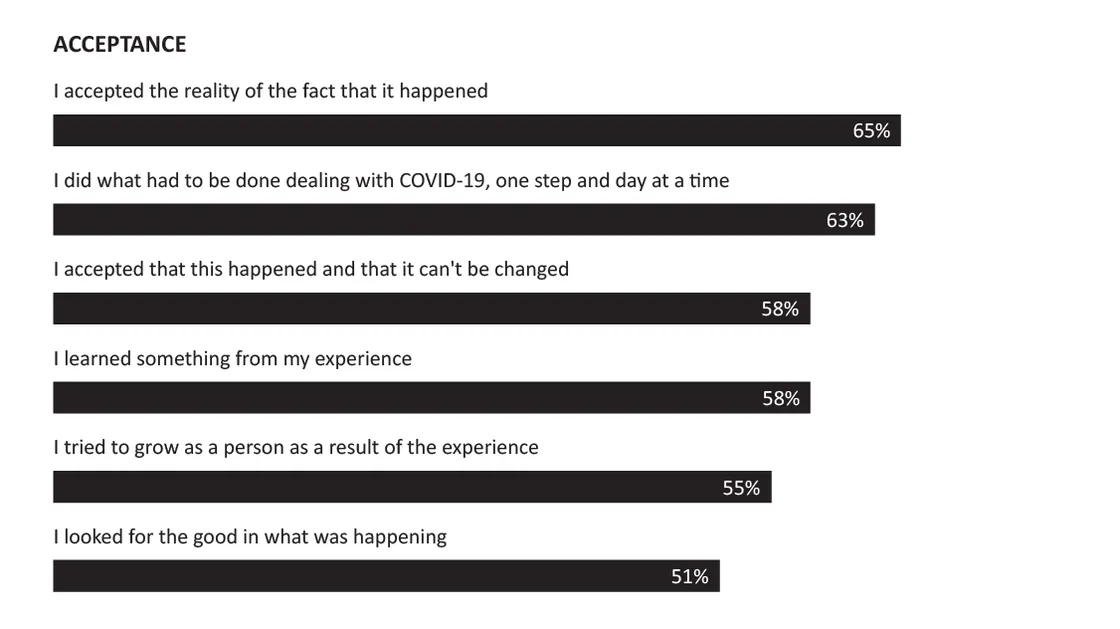
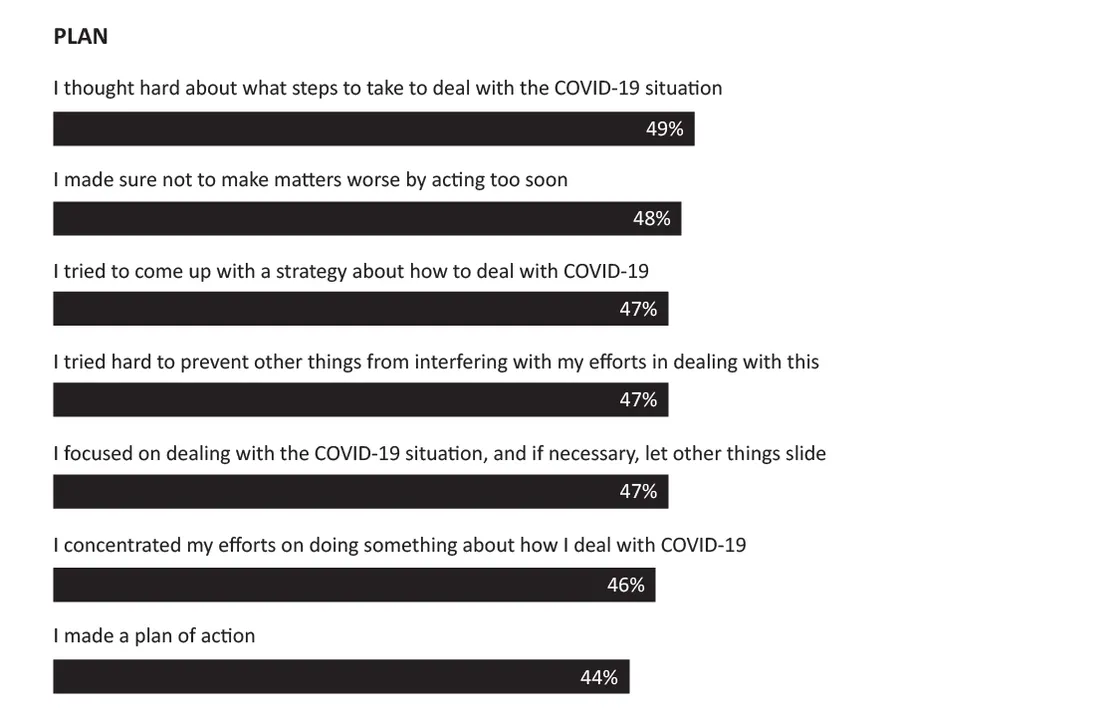
Turning to media was another major coping method for consumers, many choosing to escape reality through TV, movies, social media, music, or podcasts. For brands, the takeaway is simple: be present and take part in activities happening in the media space. Not only for awareness but to be a part of the cultural “coping moment” that we all collectively feel.
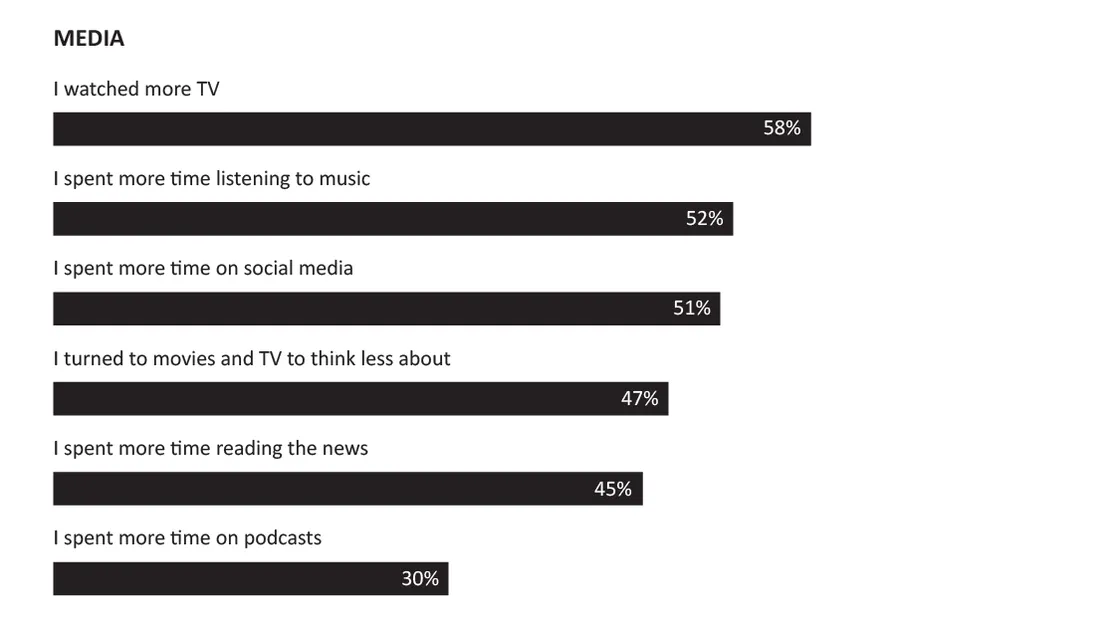
Some consumers found themselves turning to indulgences, vices, and denial. While 39% chose to indulge in sugary snacks and sweets, nearly the same number (33%) chose to focus on their physical health- turning to workouts to manage their stress and anxiety.
Turning to alcohol, drugs, or overeating was present- but much less common. Through our study, we found that those who had lost the most in terms of personal identity were more likely to turn to their vices. Often, these people happened to be young (43% under the age of 34) women (54%).
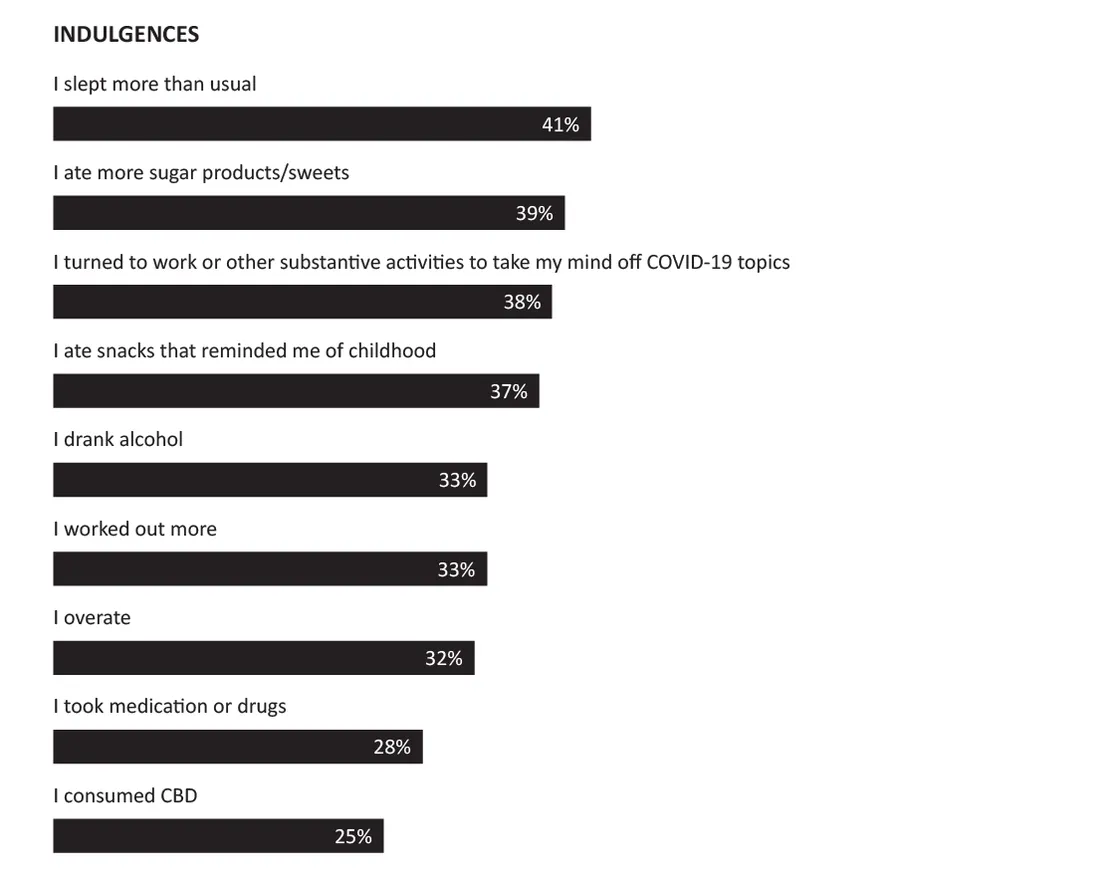
What Will The Future Hold?
Despite their current state of mind, 67% of consumers feel some sense of positivity for the future- looking to find peace and calm after the last year. But, even though consumers are feeling hopeful, it’s clear that they are not quite ready for active incitement or control by outside forces.
What does this mean for brands? It means you may need to create a safe space for consumers to gently coax them towards action.

Overall, the data showed that consumers are generally becoming much more comfortable with a return to pre-pandemic activities- with most happy to gather with family and friends, dine at a restaurant, or travel.
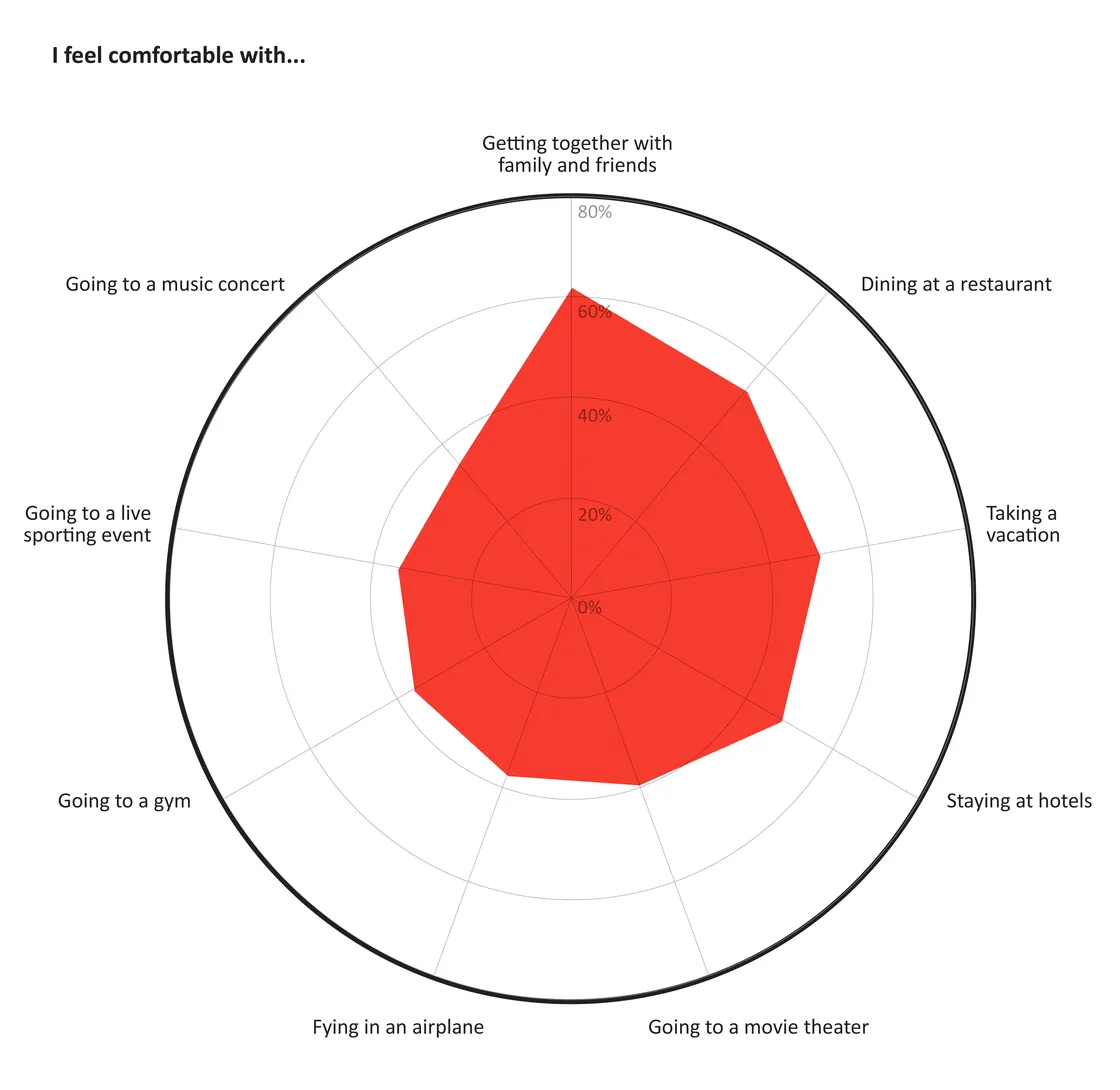
When it comes to spending, consumers are ready to invest in themselves- using their money to support life changes and see friends and family after a long 15 months apart.
But make no mistake, there won’t be (many) shopping sprees. In fact, only 9% said they will spend on things like they’ve never spent before.
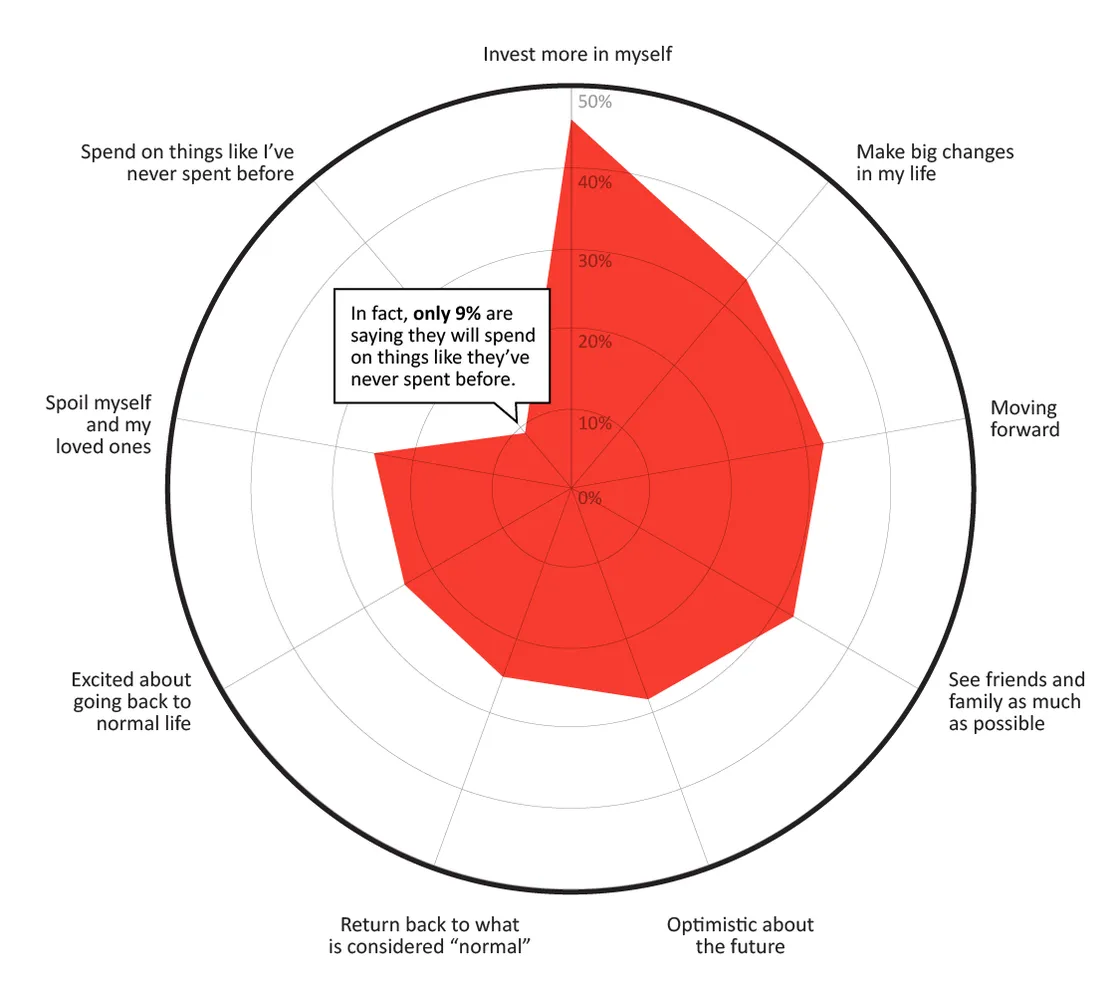
And, some good news for the travel industry, vacations are definitely on the horizon. 50% of consumers noting they had a trip planned in the next 6 months.

How to Meet New Consumer Expectations
Most of the people surveyed (84%) expect brands to participate in the ongoing process of reconnecting with "regular" life.
In 2020 many brands changed their messaging and mission to focus on meaningful change and supporting underserved communities. It should come as no surprise that consumers don’t expect that to end. Similarly, they want brands to play an active role in our return to normalcy, albeit with a reserved and safety-focused approach.
After so much time in isolation, consumers want brands to help them reconnect with others and build a sense of community- whether it be through events or simply a push for inclusivity.
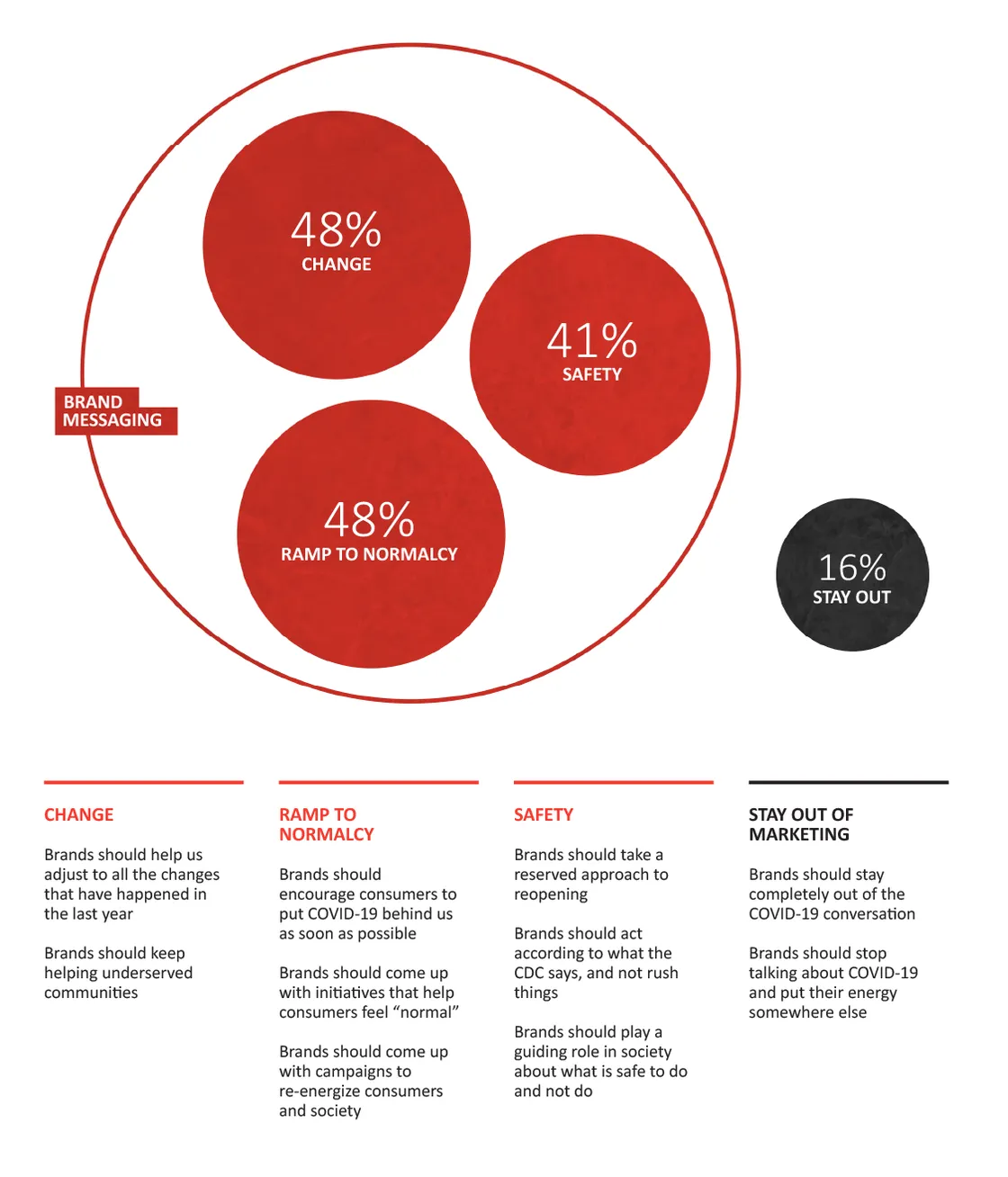
Moving into the next phase of post-pandemic life will be an adjustment for us all, brands and consumers alike. To be successful brands will need to keep empathy top of mind and refrain from pushing consumers towards a desired action. Instead, they’ll need to slow down and do a little hand-holding to foster authentic connections that last.
We always enjoy working with our research partners at Vox Media to share topical and applicable consumer insights. If you're interested in more, see our stories on Political Polarization and Social Media.
To see the full findings of our latest research, see the story on Vox Media.